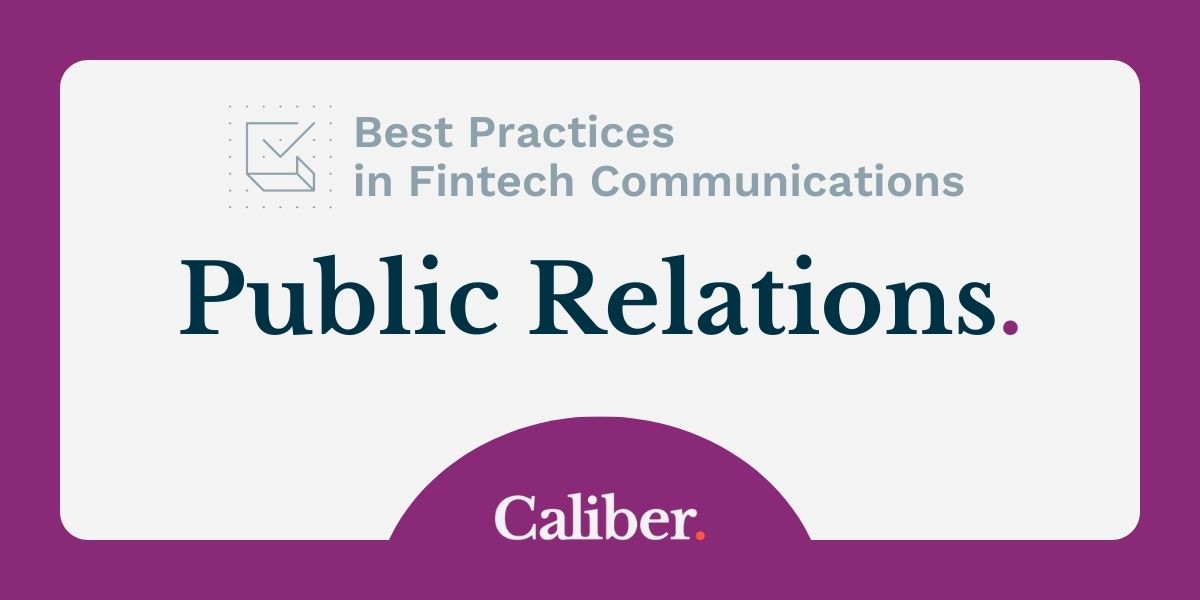Communication Lessons – What to Learn from Robinhood.

Now the dust is settling somewhat from the recent Gamestop/Robinhood circus – what can we learn from a communications perspective?
As the stock prices for GameStop, AMC and others tumble back to reality, the implications for Robinhood continue to play out. On the one hand, they managed to raise $3 billion in pretty short order, and a number of other personal finance apps were soon-to-follow with their own cap raises, which would seem to indicate a ringing endorsement of their potential from some sectors of the investment community. While on the other hand, a crescendo of protest from many of their customers is wreaking havoc on trust in their brand.
How it all plays out for Robinhood is still a work in progress. But what it brings into sharp relief is the importance of being prepared for the unexpected and considering the interests of all a business’s stakeholders. It’s impossible to predict the array of communication and PR challenges a company might confront over their lifetime but we can take steps to make sure we are ready to respond in the interests of all stakeholders. So where to start?
Be clear who and what you stand for
One of the biggest fallouts for Robinhood is the perception that they chose to act in the best interests of Wall Street hedge funds over those of their primary customers – the individual investor. A situation perhaps exacerbated when you operate under a brand name that literally defines standing up for the little guy.
It’s important to make sure when formulating or evolving your brand and your mission that you always ask the question – who am I advocating for in my business? Then ask – how can we resolve any potential conflicts between different sets of stakeholders – be they investors, customers or employees? CNN’s Chris Cuomo’s interview with Vlad Tenev, CEO of Robinhood, writ large how seemingly competing interests of stakeholders can quickly land you in a very uncomfortable position.
Adjust the role of communications as you grow
For smaller companies in particular, juggling many priorities, it can be easy to overlook putting together a framework for communications. Further, as a company grows, communications will be asked to play different roles to meet the demands of different growth stages and changing relationships between different sets of stakeholders.
When starting up the focus is likely to fall on making the case with potential investors and telling the story of the company’s potential. This requires a proactive strategy that makes the case as to why you have something new and different that’s appealing to investors, customers and the media.
Once you hit your growth phase you’re mostly interested in continuing to attract new business and broadening the customer base. So your communications emphasis will need to expand to include potential buyers alongside investors. As Robinhood discovered, it’s easy for the interest of these groups to be perceived as misaligned or even in conflict. So make sure to work through and resolve how you message around any potential flashpoints.
As you become more established it becomes even more complex. There is much to protect – the considerable value of the company and its brand, your employees and of course the customer base. Perhaps even political or the broader community considerations will come to the fore.
Of course any or all stakeholders could rise to the surface at any stage of growth. Therefore, it’s important from the get go to at least think through how your business will consider their impact on your business and how their interrelationships can cause conflicts – or indeed create opportunities.
Creating a solid communications framework that can underpin the evolution of your business is key. Navigating evolving tensions and responding in a considered way in the face of the unexpected will be much easier if it’s clear who you are standing up for and why.
Let’s talk about building out your communications framework.
Up Next.
How to Develop Robust Content Pillars for your Fintech.
Read More

